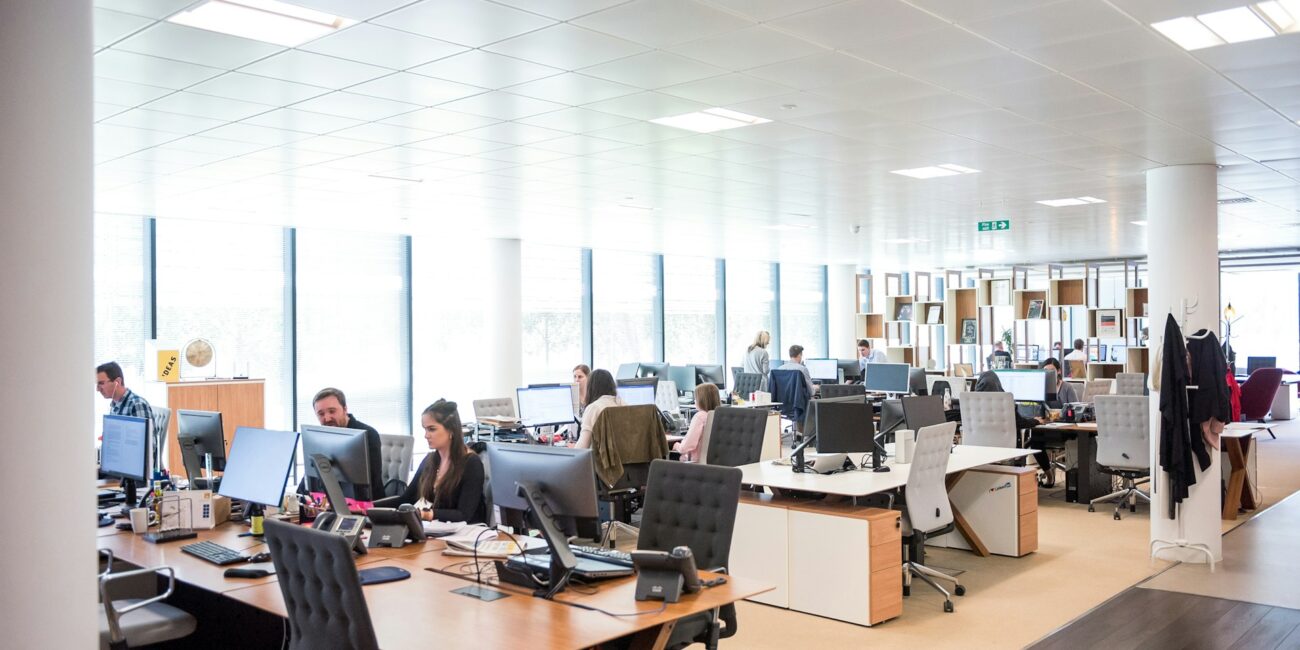Workplace safety has evolved far beyond alarms and surveillance cameras. For many modern organizations, protecting people and assets now means planning for risks as varied as intrusion, armed threats, and unpredictable violence.
Ballistic barriers are becoming an essential component of comprehensive workplace security plans, reflecting a growing recognition of their role in safeguarding lives and property.
This blog dives into the role, applications, and benefits of ballistic barriers in office buildings, schools, government facilities, and more.
You’ll learn what sets bullet-resistant panels apart, how they integrate with existing safety solutions, and what to consider when selecting a Ballistic Barrier Product for your environment.
Understanding Ballistic Barriers and Their Purpose
What Makes a Barrier “Ballistic”?
A ballistic barrier is designed to stop or slow down bullets or projectiles, reducing harm in the event of a shooting or attack.
Unlike standard walls or partitions, ballistic barriers use engineered materials such as layered fibers, steel, or composites. These materials are rigorously tested to industry standards, ensuring they provide reliable protection against specific threat levels.
Beyond Glass and Concrete
Traditional barriers like thick glass or concrete offer some protection, but they cannot often reliably withstand high-velocity impacts.
Modern bullet resistant panels add a flexible option for offices and public spaces, allowing you to reinforce targeted areas without a fortress-like appearance or major facility disruptions.
The Growing Importance of Workplace Security
Risk Factors Driving Change
Incidents of workplace violence and armed intrusions, though still rare, have been increasing in recent years.
Data from the U.S. Bureau of Labor Statistics points to hundreds of workplace homicides annually, often in seemingly secure environments. Furthermore, the open design of many workplaces, which encourages collaboration, can also increase vulnerability if a threat emerges.
Evolving Employee Expectations
Today’s workforce wants to feel protected and valued. Providing visible, effective security solutions like ballistic barriers communicates an organization’s commitment to safety, which can enhance team morale and help attract and retain top talent.
Key Types of Ballistic Barriers
Stationary Barrier Systems
These are permanently installed in critical access points, such as entryways, reception desks, or sensitive document storage areas.
Bullet-resistant panels can be discreetly integrated into walls, windows, millwork, or security stations, maintaining a professional appearance while delivering uncompromising safety.
Mobile and Modular Barriers
Mobile ballistic barriers add flexibility to security strategies. These units can be deployed as needed to shield conference rooms, open workplaces, or common areas during heightened threat levels or special events.
Their modular design means they can be relocated or reconfigured quickly, without major construction.
Ballistic Desks, Counters, and Furniture
Innovative safety solutions now include bullet-resistant workstations, partitions, and furniture. Designed to blend seamlessly into offices or public buildings, these options provide instant coverage and peace of mind with minimal visual impact.
Integration with Other Safety Solutions
Layered Security Strategies
Ballistic Barrier Products are most effective when used as part of a multi-layered safety solution. Surveillance cameras, electronic access control, alarms, and mass notification systems work together with physical barriers to delay, deter, and respond to threats.
Emergency Response Planning
Integrating ballistic barriers also requires careful emergency planning. Staff need to know evacuation routes, safe zones, and how to use barriers effectively during a crisis. Many security consultants offer training to familiarize employees with new workplace security features.
Choosing the Right Ballistic Barrier Products
Assessing Your Unique Needs
Every facility is different. Start by evaluating your site’s unique security risks and the areas that need additional protection. High-traffic entryways, customer service counters, and executive suites are common locations for bullet-resistant panels.
Comparing Certifications and Materials
When selecting Ballistic Barrier Products, be sure to verify UL or NIJ certification levels. Materials should be tested and certified to withstand specified threats, from handguns to rifles.
Consult with manufacturers or installers to choose solutions that balance safety, design, and cost for your workplace.
The Long-Term Value of Ballistic Barriers
Risk Mitigation and Cost Benefits
Investing in ballistic barriers can yield tangible benefits beyond safety. Lower insurance premiums, reduced liability, and positive publicity are all potential rewards for proactive organizations.
This investment can pay off by minimizing the impact of a violent incident, whether through direct protection or as a visible deterrent to would-be offenders.
Supporting a Culture of Safety
Companies that prioritize thorough security measures foster a culture of awareness and preparation. This approach not only minimizes risk but also brings employees peace of mind, leading to higher productivity and loyalty.
Taking Workplace Security to the Next Level
The realities of modern threats mean that organizations must look beyond conventional security measures. Ballistic barriers and bullet-resistant panels are no longer just for banks or police stations.
They represent a smart and forward-thinking addition to any workplace security strategy, delivering unmatched peace of mind for employees and leadership alike.
Businesses considering their safety solutions should assess facility-specific risks, explore the variety of Ballistic Barrier Products available, and invest in measures that fit seamlessly with existing protocols.
Comprehensive planning and careful product selection are key steps toward creating safer, more resilient workplaces.


